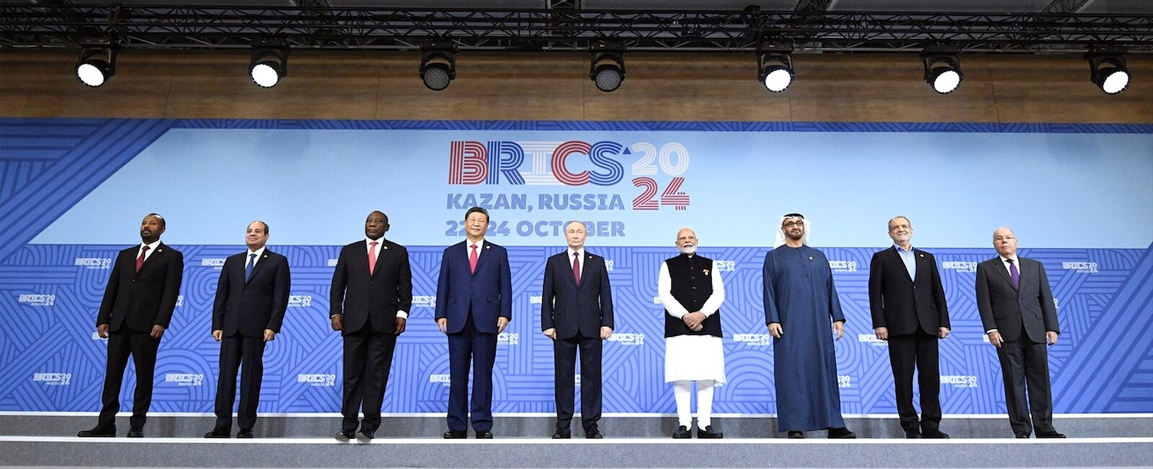Mihaela Papa, director of research and principal research scientist at CIS, discusses whether President Trump's threats to impose tariffs on BRICS nations in response to their efforts to de-dollarize signal a deeper shift in U.S. foreign policy.
Historically, Washington viewed BRICS as a fragmented bloc with limited geopolitical weight. However, the group’s recent expansion and efforts to challenge the US dollar’s dominance have drawn a sharp response from President Donald Trump, who has threatened tariffs on BRICS nations if they pursue de-dollarisation. Is this hardline stance merely a short-term pressure tactic, or does it signal a deeper shift in US foreign policy?
A Shift in US Perception of BRICS
The BRICS group, a strategic partnership of emerging economies, has transformed from a loose coalition 16 years ago into a more coordinated bloc advocating global governance reform and actively exploring alternatives to the US dollar. Officials in the Biden administration have largely downplayed the group’s relevance. In 2023, National Security Advisor Jake Sullivan stated that the administration did not see BRICS turning into a geopolitical rival, and Treasury Secretary Janet Yellen described moves away from the dollar as a “natural desire to diversify.”
Donald Trump challenged this approach and viewed BRICS as a major threat to US financial hegemony. Even before returning to office, he stated: “The idea that the BRICS Countries are trying to move away from the dollar while we stand by and watch is OVER. We require a commitment from these Countries that they will neither create a new BRICS Currency, nor back any other Currency to replace the mighty U.S. Dollar or, they will face 100% Tariffs, and should expect to say goodbye to selling into the wonderful U.S. Economy.” These threats signaled a fundamental shift in US engagement with BRICS, though their impact has been mixed. The Trump administration has begun formulating a policy that treats BRICS as a unified bloc, effectively raising the cost of de-dollarisation initiatives. This new approach intensified US scrutiny of BRICS’ monetary policies, influencing members’ cost-benefit calculations for deeper monetary integration and potentially also their membership negotiations. India, for example, quickly reaffirmed its commitment to the dollar, while countries like Vietnam and Türkiye—expected to become BRICS partners in January 2025—have held back. Saudi Arabia was supposed to join the group in 2024, but it is still weighing its options, despite BRICS’ efforts to treat it as a full member.
Yet, confusion persists about BRICS’ intentions, structure, and influence. Trump warned BRICS against creating a joint currency, even though the group had already shelved the idea due to internal disagreements. He mistakenly included Spain in BRICS, prompting Spanish officials to correct him, and suggested that the group broke up, despite its continued coordination on numerous fronts and preparations for a major summit in July. President Lula, who chairs BRICS this year, explicitly declared that tariff threats “won’t stop the group’s determination to seek alternative platforms for payments between member countries.”
Read the rest of the article here.




